Miso is one of the Japanese foods that has retained the most regional and area characteristics. Among these, “akamiso,” “soybean miso,” and “Haccho miso” refer to miso that is dark in color (red or black), but it can be difficult to understand what the differences are between them. So let’s get to charateristics and information about akamiso in this article.
What is Aka Miso?
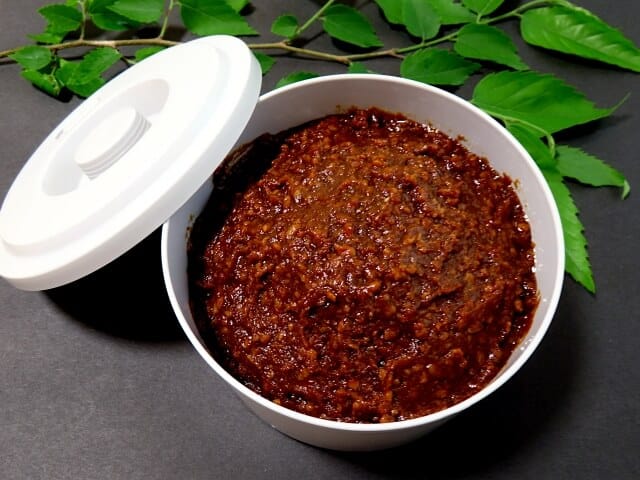
Akamiso or red miso, is a deeply flavored, reddish-brown fermented soybean paste that plays a significant role in Japanese cuisine. Known for its robust, salty, and umami-rich taste, akamiso undergoes a lengthy fermentation process, often lasting from one to three years, which gives it its distinctive color and complex flavor. Nagoya’s red miso, also known as red miso from the Chukyo region, is actually a type of “bean miso.” Soybeans are rich in protein, and during fermentation, these proteins break down into amino acids, which give the miso its distinctive umami flavor.
Unlike other types of miso that contain starch, bean miso has almost no starch, meaning it is full of savory umami but less sweet. Locals commonly used to enhance the taste of miso soup, marinades, sauces, and hearty stews. Its intense flavor makes it a staple in Japanese kitchens, providing depth and richness to a variety of traditional dishes.
Akamiso Origin
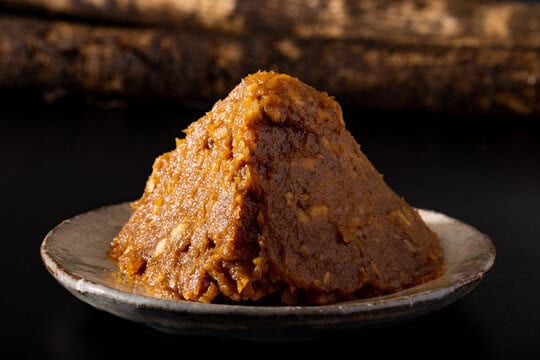
In the past, chefs at traditional Japanese restaurants would prepare miso soup by adjusting the mixture based on the ingredients in the soup. In 1955, Morita of Nagoya City became the first in Japan to commercialize this practice by creating “akadashi miso.” The following year, Maruya Hatcho Miso in Okazaki City introduced a blended miso, now known as “Gold Akadashi,” which combined Haccho miso with rice koji miso.
In 1957, Osaka Miso Foods Co., Ltd. (now Japonics Co., Ltd.) observed that Hatcho miso was unfamiliar to people in the Kansai region due to its unique taste and aroma. They proposed to Kakukyu in Okazaki City to manufacture and sell red dashi miso. Mase Shoten, an authorized dealer of Hatcho Miso in Osaka, was entrusted with production. The prototype was created using 70% rice miso from Nihonkai Miso Shoyu in Toyama Prefecture and 30% Hatcho miso from Kakukyu, with the addition of caramel to maintain color consistency, starch syrup for a glossy and sweet taste, and chemical seasonings. The success of red dashi miso helped Kakukyu turn a five-year deficit into a profit.
Types of Miso
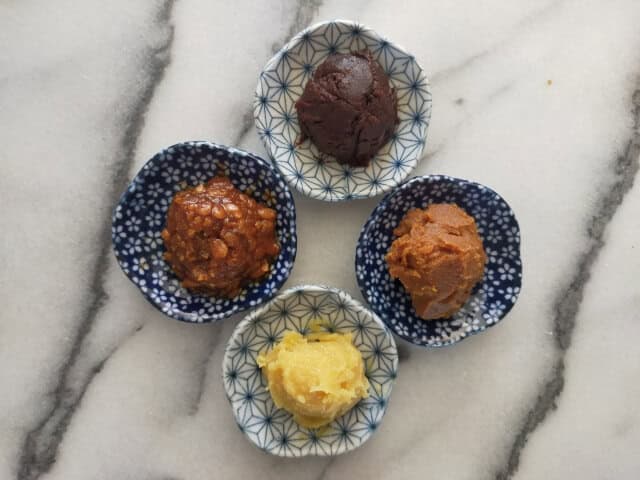
Miso has a wide variety of characteristics depending on the maker, but it can generally be classified by the ingredients used and its color. For example, Kakukyu’s [Hatcho Miso] falls under “mame miso” or “red miso,” while Kakukyu’s [Akadashi Miso] is categorized as “blended miso” or “red miso.” Rice miso can range in color from white to light red and is made from soybeans, rice, and salt. Bean miso, like Hatcho miso, is typically red and made from soybeans and salt. Barley miso can be light or red in color, made from soybeans, wheat, and salt. Blended miso combines elements of rice, soybean, and barley miso, often incorporating multiple types of koji, such as rice koji and barley koji, resulting in “red miso.”
Benefit of Miso
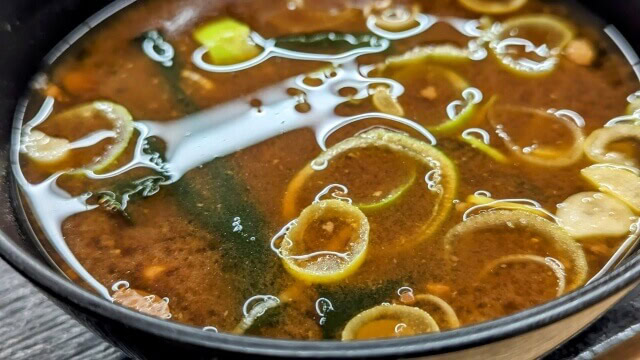
Research has highlighted several health benefits of miso. Studies have shown that frequent consumption of miso soup is associated with a lower mortality rate from stomach cancer (National Cancer Center Research Institute, 1981). Also, a reduced likelihood of developing breast cancer (Ministry of Health, Labor and Welfare Research Group, 2003). Additionally, soybean miso, known as “red miso” due to its color, contains a pigment called melanoidin. “Haccho miso,” a type of soybean miso made using traditional methods, is particularly rich in melanoidin, which helps suppress the action of active oxygen. Thus, makes it a contributor to various diseases, and functions similarly to dietary fiber. This has garnered significant attention for its potential health benefits.
Aka Miso FAQ
- Can miso go bad, and how should it be stored?
-
Miso is a fermented product, which means it has a long shelf life if stored properly. It should be kept in an airtight container in the refrigerator to prevent exposure to air and maintain its quality. While miso can technically last for a very long time, it is best consumed within a year for optimal flavor and texture. Over time, the taste may become stronger, and the color may darken, but it is still safe to eat.
- How is miso used in Japanese cuisine beyond miso soup?
-
Miso is a versatile ingredient in Japanese cuisine and is used in various dishes beyond miso soup. Miso is also used in salad dressings, dipping sauces, and glazes, providing a savory, umami boost. Additionally, it is a key ingredient in hearty dishes like misonikomi udon (a noodle soup).
Where to eat Akamiso?
Maruya (まるや八丁味噌 みそ蔵見学 直売)
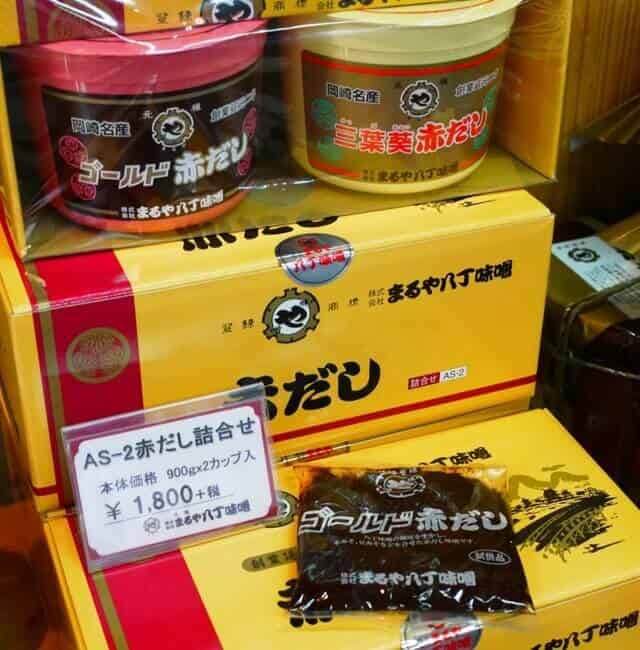
Their “Akadashi (miso)” is a mixed miso made by blending Hatcho miso with other miso and rice miso. Hatcho miso itself is hard and thick, with almost no moisture, and in a grainy state. It has a strong flavor and a unique astringent and sour taste, so “Akadashi” is made by blending it to make it easier to use.
Kakukyu (岡崎カクキュー 八丁村)
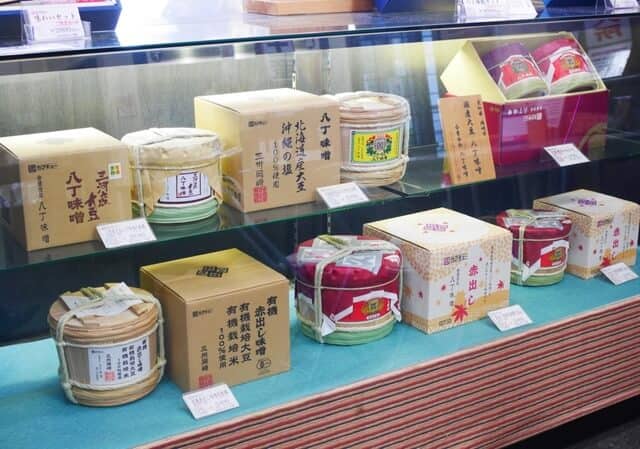
The traditional Hatcho miso made with Yahagi soybeans is on sale as a reproduction of the taste from when the shop was founded. Many of their regular customers are particular about where their soybeans are produced. Their Hatcho miso in decorative barrels is popular as a gift for midyear and year-end gifts.
Summary
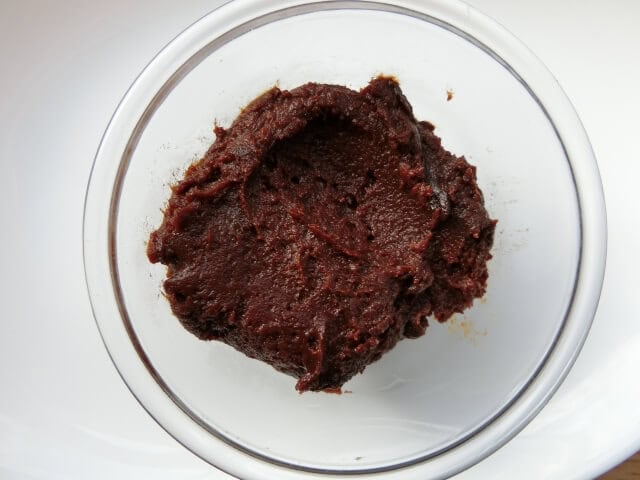
In conclusion, akamiso holds a special place in Japanese cuisine with its rich, deep flavor and versatility. Its long fermentation process enhances its umami profile and makes it a key ingredient in a variety of traditional dishes. Whether used in soups, marinades, or stews, akamiso continues to be a beloved and essential component of Japanese culinary tradition. This showcase the depth and complexity of flavors that define this cuisine.
You can check some Japanese miso dishes that we know you would like to try too.
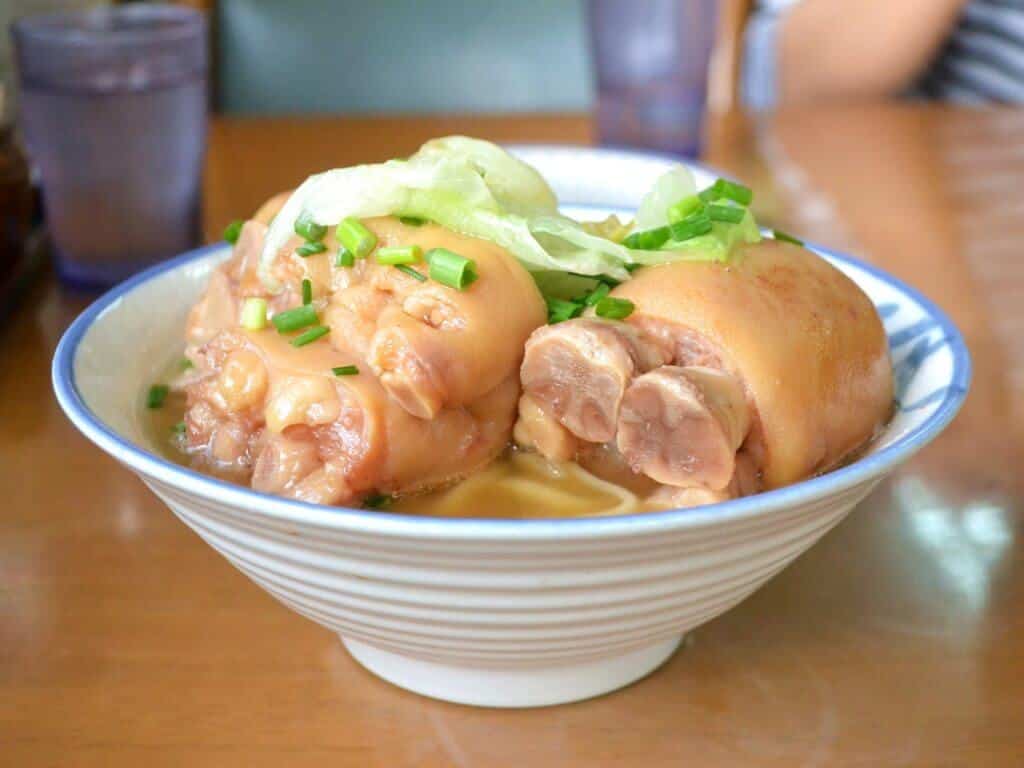
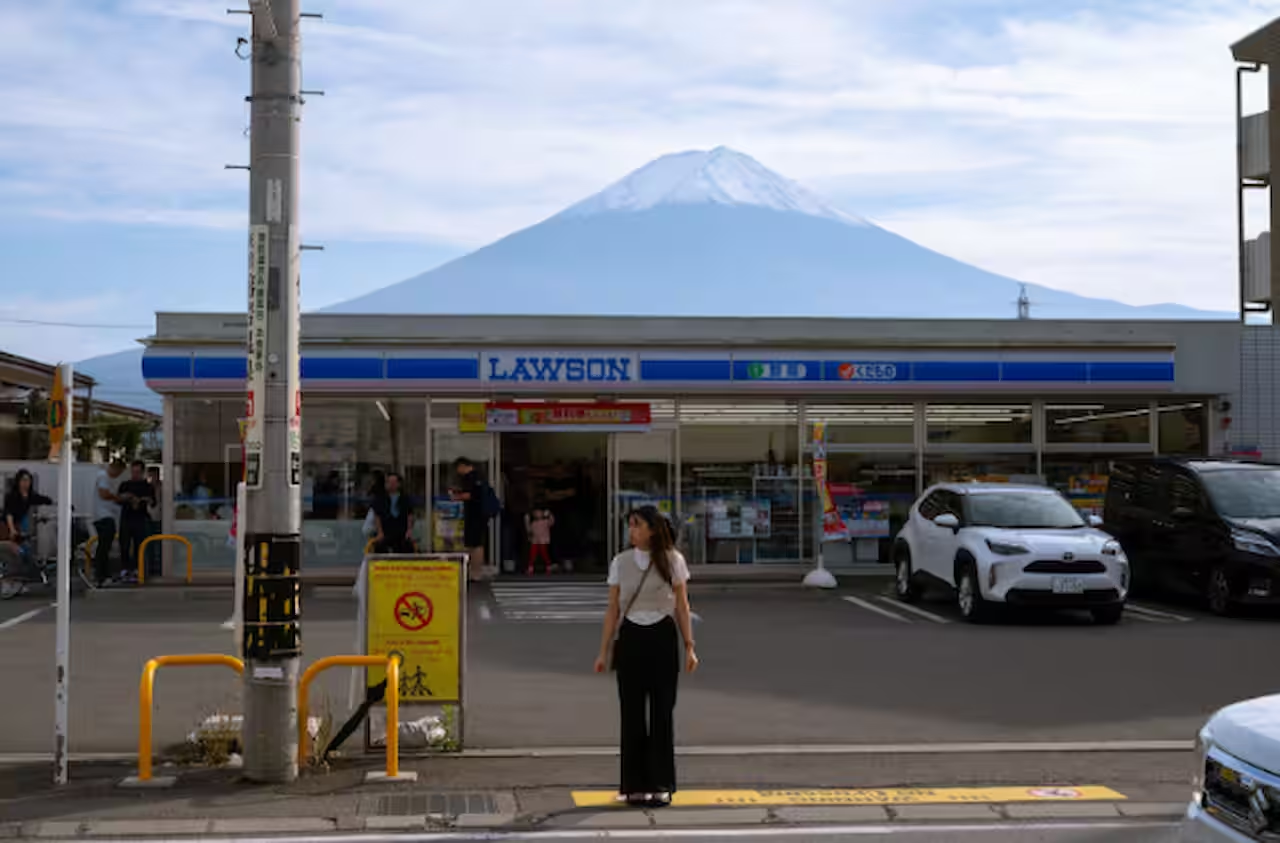

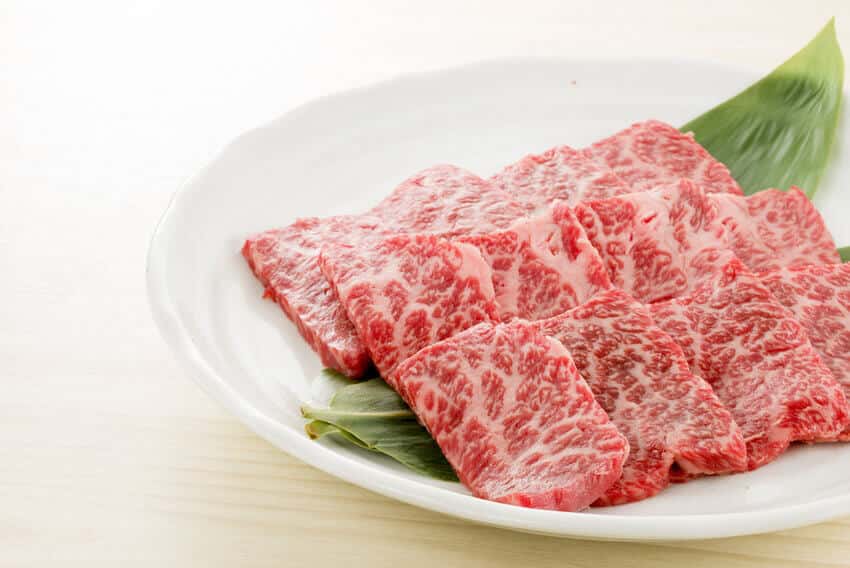
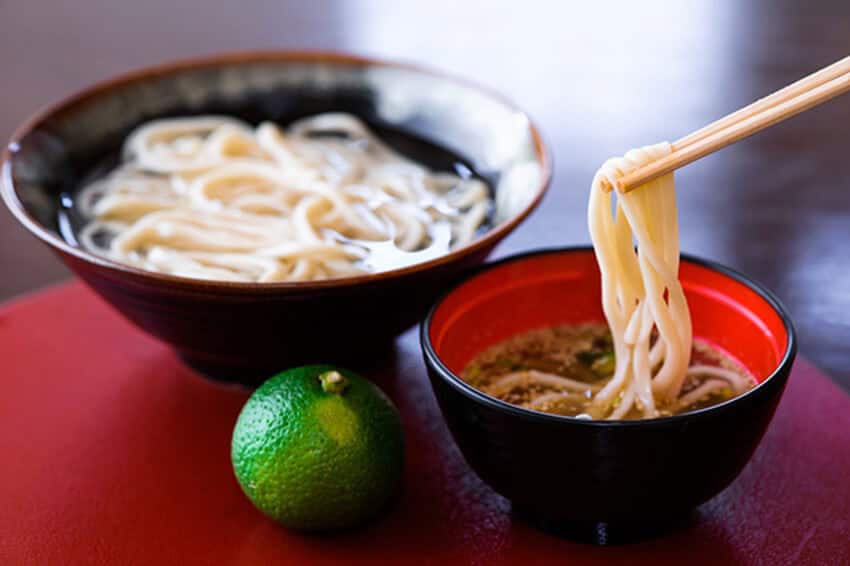

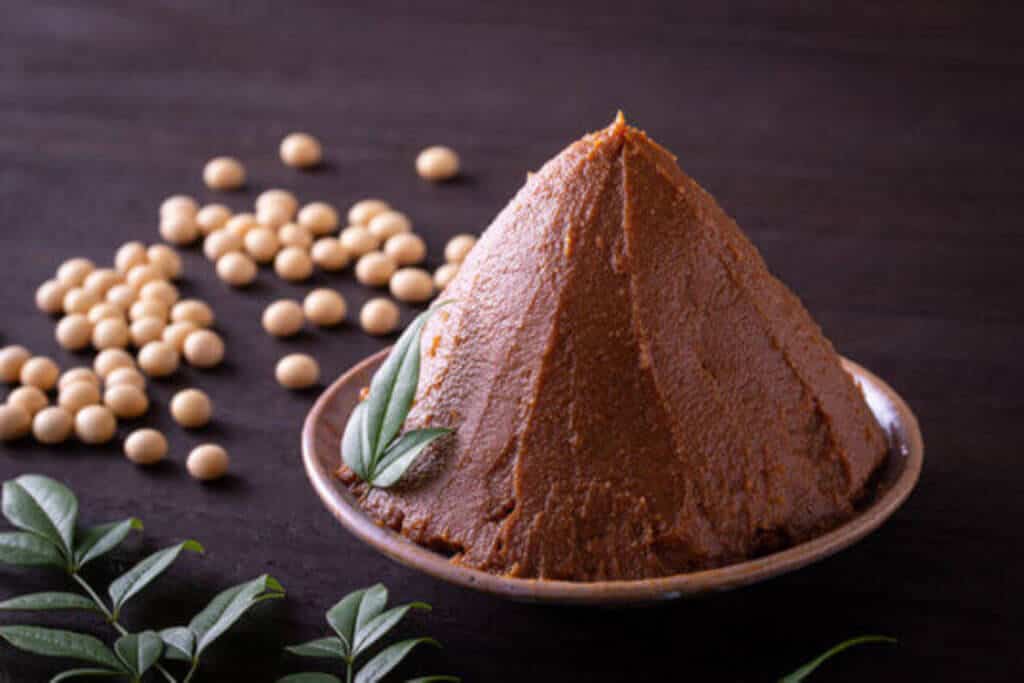
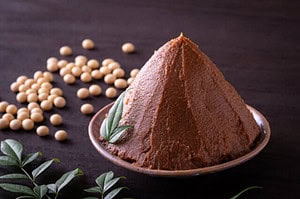

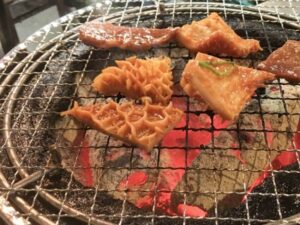


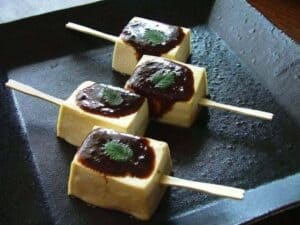
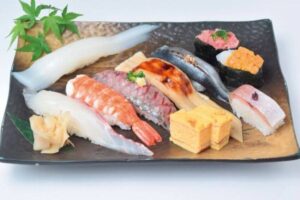


Comments